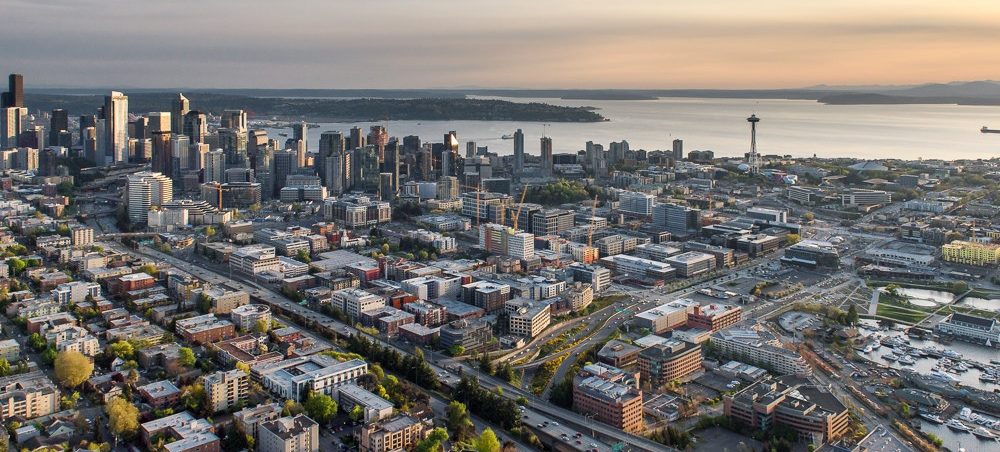Project lead: Stephen Barham, data scientist, Seattle Department of Transportation
Data scientist leads: Valentina Staneva (primary) and Vaughn Iverson (secondary)
DSSG fellows: Brett Bejcek, Anamol Pundle, Orysya Stus, Michael Vlah
Project Summary: Vehicles that have arrived at their destination but are driving around for a place to park, and for-hire and transportation network company vehicles that are queued in traffic, have a significant impact on congestion. The Cruising Traffic Analysis project will develop algorithms to quantify aggregated levels of vehicle traffic cruising. The research intends to apply data science techniques to a sample of anonymous travel sensor data, paid parking transaction information, and parking occupancy surveys conducted by the City of Seattle. We hope to generate heat maps depicting relative prevalence of cruising and propose measurement standards for cruising activity, such as a “cruising index” that could pertain to various methods of data collection and processing.
We will attempt to differentiate between the aggregated footprint of vehicles trying to find on-street parking and the amount due to trip deadheading. If successful, this research could help transportation agencies, technology companies, and car companies predict the availability of parking and more accurately direct travelers with online, mobile, and connected tools, thereby reducing congestion impacts, emissions, and fuel costs.

Project Outcomes: The team created a processing and classification pipeline that labeled 35% of total discernable data as cruising. Of that amount, activity attributed to vehicles-for-hire was in the range of 10% or less. These preliminary results were aggregated to block segments and hourly time periods to generate cruising heat maps showing spatial and temporal variance. Steps consisted of: 1) Estimating Paths, 2) Metadata Collection, 3) Vehicle-for-Hire Labeling, 4) Multi-Step Classification, Semi-Supervised Machine Learning, 5) Aggregation and Heat Map. The team found that the intensity of cruising for parking as a proportion of total traffic fluctuates with time of day, and cruising in the Central Business District exhibited weekday spikes during mornings, lunchtime and evening commutes as expected. The City of Seattle will analyze the results and review cruising patterns over a longer period to determine next steps for utilizing the data.
View the Final Presentation, Final Poster and Preliminary Findings Report.
